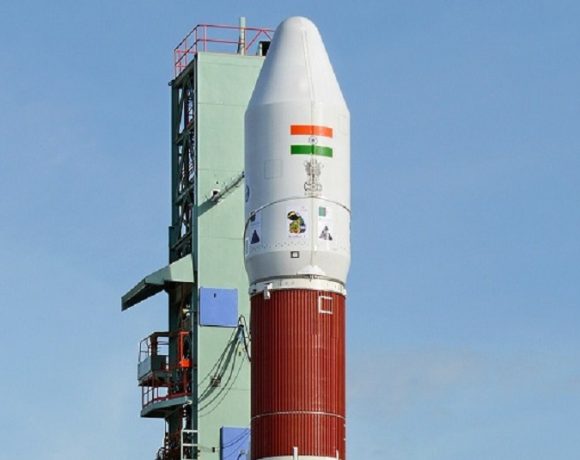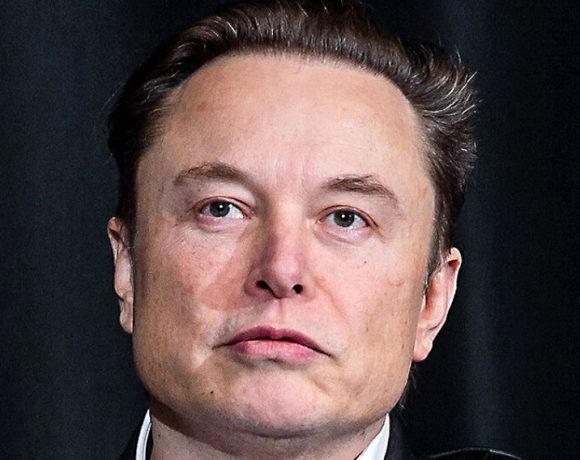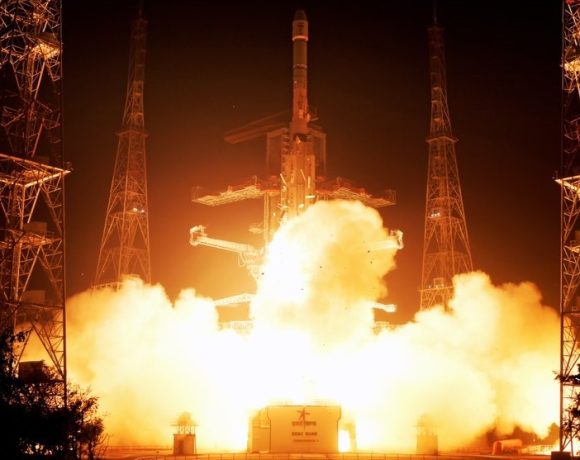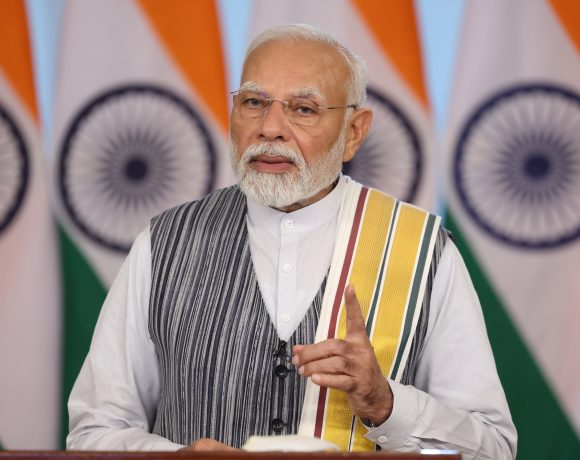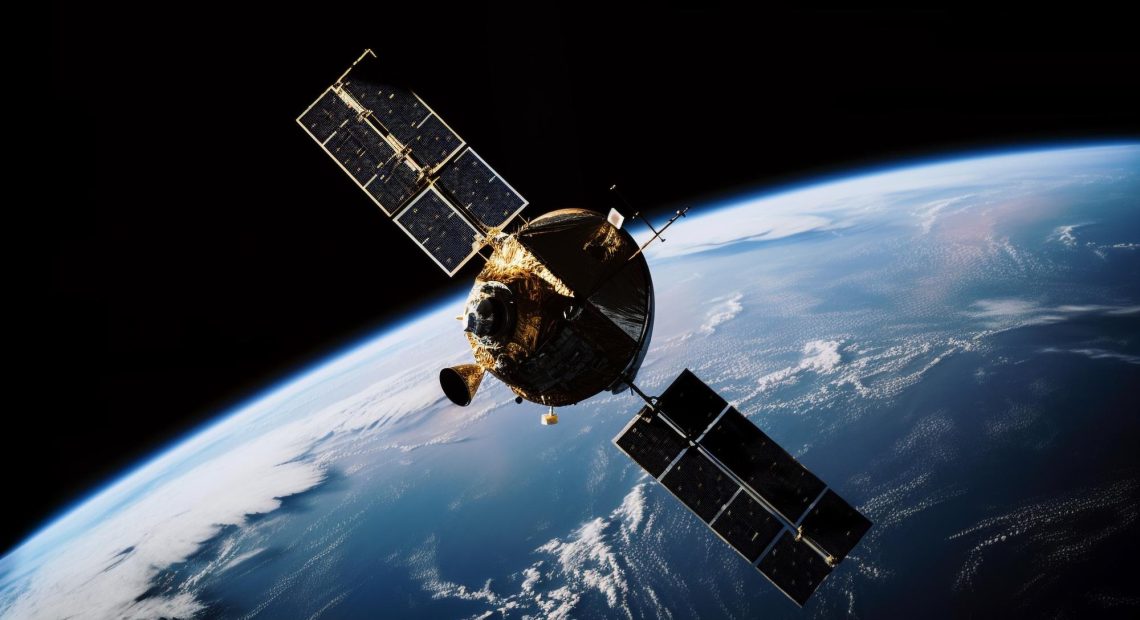
ISRO Simulates ‘Dogfight’ in Space with SpaDeX Satellites
In a significant technological leap, the Indian Space Research Organisation (ISRO) has successfully conducted a mock “dogfight” in space using its twin SpaDeX satellites. The maneuver, carried out in early May 2025, showcased India’s growing prowess in autonomous orbital operations and advanced satellite technologies, with implications that extend from space science to strategic defense preparedness.
SpaDeX Mission Overview
The Space Docking Experiment (SpaDeX) was launched on December 30, 2024, aboard the PSLV-C60 from Sriharikota. The mission involved two microsatellites, SDX01 (Chaser) and SDX02 (Target), each weighing around 220 kg. These satellites were designed to test crucial space capabilities such as orbital rendezvous, autonomous docking, undocking, and formation flying — a domain that very few spacefaring nations have explored in depth.
Designed by the UR Rao Satellite Centre (URSC) in collaboration with other ISRO centres, the satellites have already achieved several key milestones. The first successful docking took place on January 16, 2025, followed by an undocking in March and a second successful docking in April, which also demonstrated power transfer between the two systems.
Simulating a Space ‘Dogfight’
Building on these achievements, ISRO initiated a complex maneuvering test — referred to metaphorically as a “dogfight” — using the remaining 50% of the satellites’ onboard fuel. The two satellites performed close-proximity autonomous maneuvers in low Earth orbit at speeds exceeding 28,000 km/h, reducing their inter-satellite distance to just 3 meters while maintaining alignment with pinpoint accuracy.
This was made possible through India’s indigenously developed Bhartiya Docking System (BDS), which operates with just two motors as opposed to the 24 used in the global International Docking System Standard (IDSS). The BDS was supported by proximity sensors, laser rangefinders, and inter-satellite communication links, enabling the spacecraft to make corrections and adjustments in real time.
Strategic Significance and Dual-Use Potential
Though the operation was a scientific test rather than a military exercise, its dual-use potential has not gone unnoticed. The demonstration follows similar proximity maneuvers conducted by China in 2024, prompting strategic circles to interpret such capabilities as precursors to defensive or offensive space-based applications.
With this achievement, India has positioned itself among the select few nations capable of conducting real-time autonomous operations in orbit. The technology demonstrated through SpaDeX could form the foundation for future Indian space missions involving satellite servicing, orbital refueling, space station docking, or even space debris mitigation.
As geopolitical competition in space intensifies, ISRO’s successful execution of such complex orbital tasks reflects not only scientific excellence but also India’s long-term vision to secure its assets in the increasingly contested space domain.


